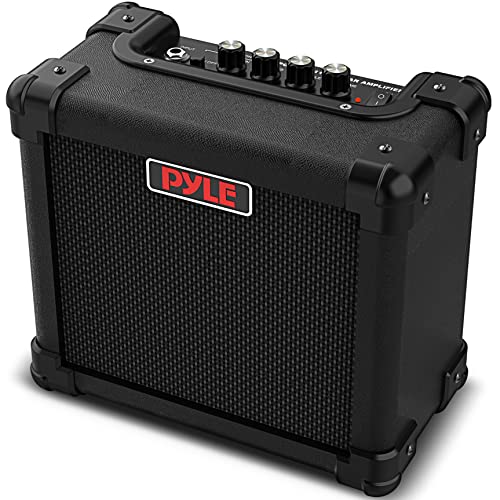Boogie Bill
Well-known member
This is my first post. I am so glad I found this board. I have five Boogie amps, and I have been using Boogies exclusively for about 12 years. I hope to able to contribute my knowledge and experiece with Boogies, but for my first post, I got a problem; and I need your help.
I have a DC-3 112 combo--the model with the three toggle switches on the front. I have had it to two techs and spent over $300 trying to get it fixed. Here's what's happening:
The major symptom: it gets HOT! And I mean, too hot to touch the chassis. I'm playing it on 4, not 10, by the way. It appeared to me that one of the power tubes in an inner socket was running too hot. The tubes were GT-EL84s and the orange labelling ink turned brown within a few hours of playing--a sure sign of something being amiss. I know EL84s run a little hot--that's part of their charm; but this is running way hotter than my Class A Maverick 212.
After getting burned even worse by the first tech, who simply replaced the tubes and put in a fan (without permission! IDIOT!), I finally took the amp back to an old friend, a tech about 200 miles away.
And basically, they couldn't find anything wrong with it--other than one bad tube, in the same socket as before--so in went another new set of tubes. I played it for a few minutes in the shop and it sounded great.
First gig out with it, and it sounds great for about 20 minutes, and then gets progressively worse through a 45 minute set. Chassis again is too hot to touch. By the end of the set, the guitar has no sustain at all, and notes are being clipped short.
Okay, so I am going to be taking it back to my friend this week, and he's not happy that it is coming back, but he will dig into it.
Does anyone have any experience with something like this? Is there any direction I should be pointing him in?
Thanks in advance.
I have a DC-3 112 combo--the model with the three toggle switches on the front. I have had it to two techs and spent over $300 trying to get it fixed. Here's what's happening:
The major symptom: it gets HOT! And I mean, too hot to touch the chassis. I'm playing it on 4, not 10, by the way. It appeared to me that one of the power tubes in an inner socket was running too hot. The tubes were GT-EL84s and the orange labelling ink turned brown within a few hours of playing--a sure sign of something being amiss. I know EL84s run a little hot--that's part of their charm; but this is running way hotter than my Class A Maverick 212.
After getting burned even worse by the first tech, who simply replaced the tubes and put in a fan (without permission! IDIOT!), I finally took the amp back to an old friend, a tech about 200 miles away.
And basically, they couldn't find anything wrong with it--other than one bad tube, in the same socket as before--so in went another new set of tubes. I played it for a few minutes in the shop and it sounded great.
First gig out with it, and it sounds great for about 20 minutes, and then gets progressively worse through a 45 minute set. Chassis again is too hot to touch. By the end of the set, the guitar has no sustain at all, and notes are being clipped short.
Okay, so I am going to be taking it back to my friend this week, and he's not happy that it is coming back, but he will dig into it.
Does anyone have any experience with something like this? Is there any direction I should be pointing him in?
Thanks in advance.






















